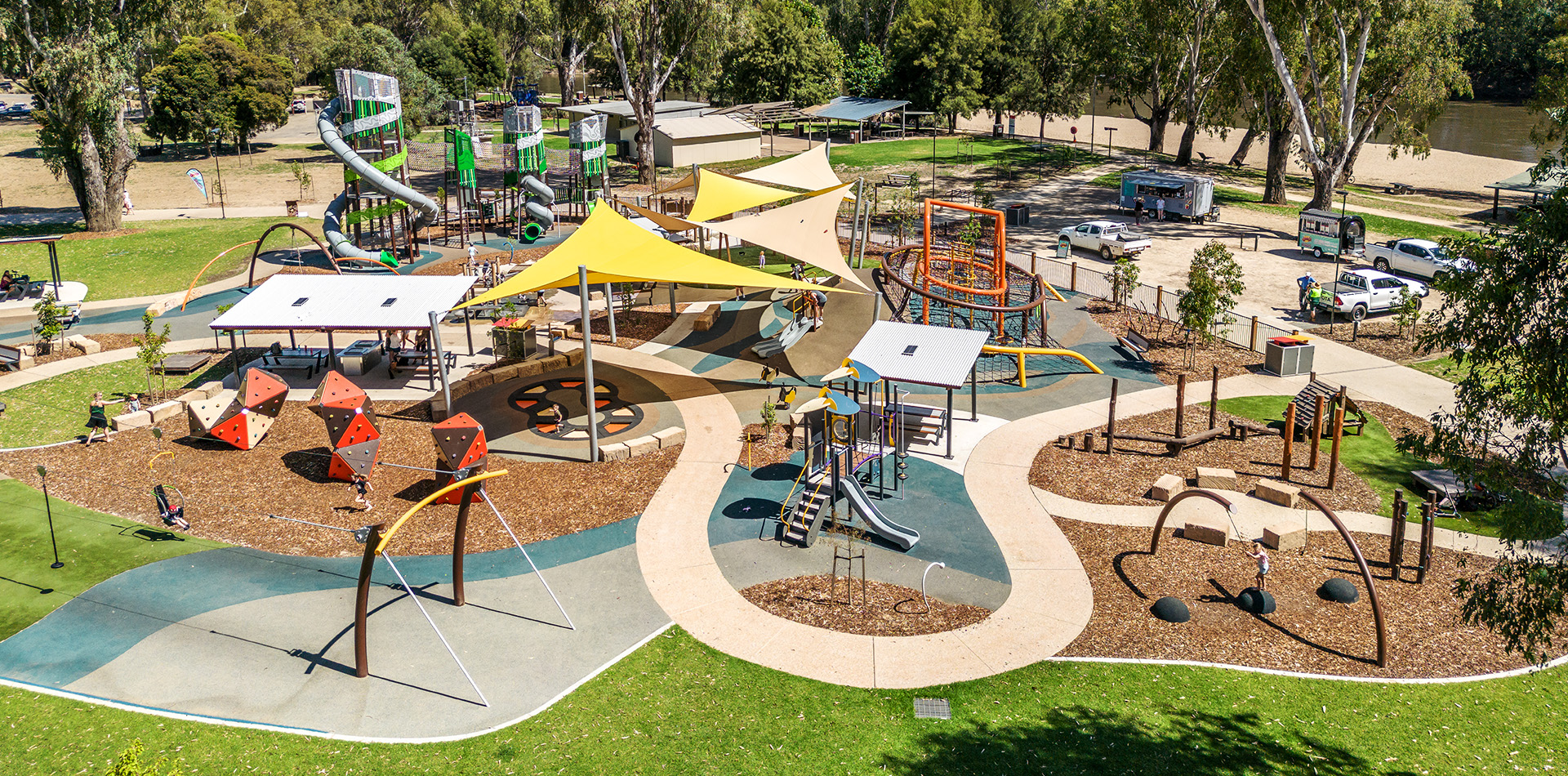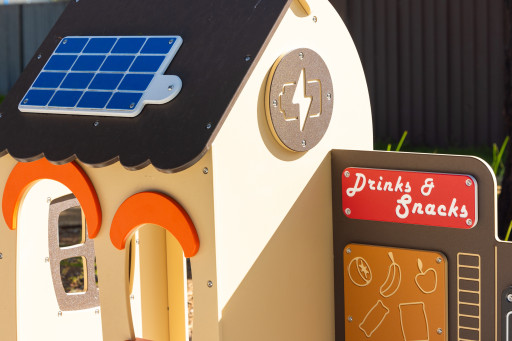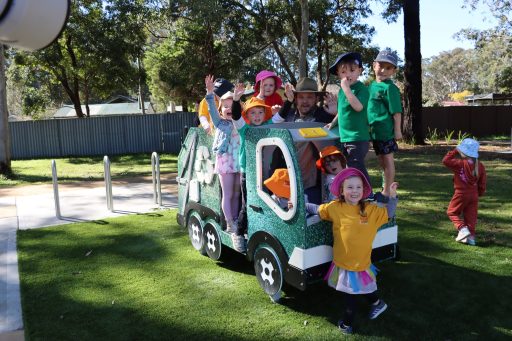Navigating the World of Playground Design:
A Beginner’s Guide
Designing a playground is an exciting venture, filled with creative possibilities. However, for beginners, it can also be a daunting task. This foundational guide aims to introduce the basic concepts and principles of playground design, while addressing common challenges.
Share post
Whether you’re a community leader, a school administrator, or a landscape architect starting out in this field, these insights will help you navigate the world of playground design effectively:
1. Understanding the Basics
Purpose and Function
Identify the Purpose
Determine the primary function of the playground. Is it for physical development, social interaction, educational purposes, or a combination of these?
Age Group
Consider the age range of the children who will use the playground. Different age groups have varying needs and abilities, which should guide the choice of equipment and layout.
Location and Space
Site Analysis
Evaluate the site for its size, shape, topography, and existing features. The location can significantly influence the design and choice of equipment.
Accessibility
Ensure the site and design are accessible to all children, including those with disabilities.
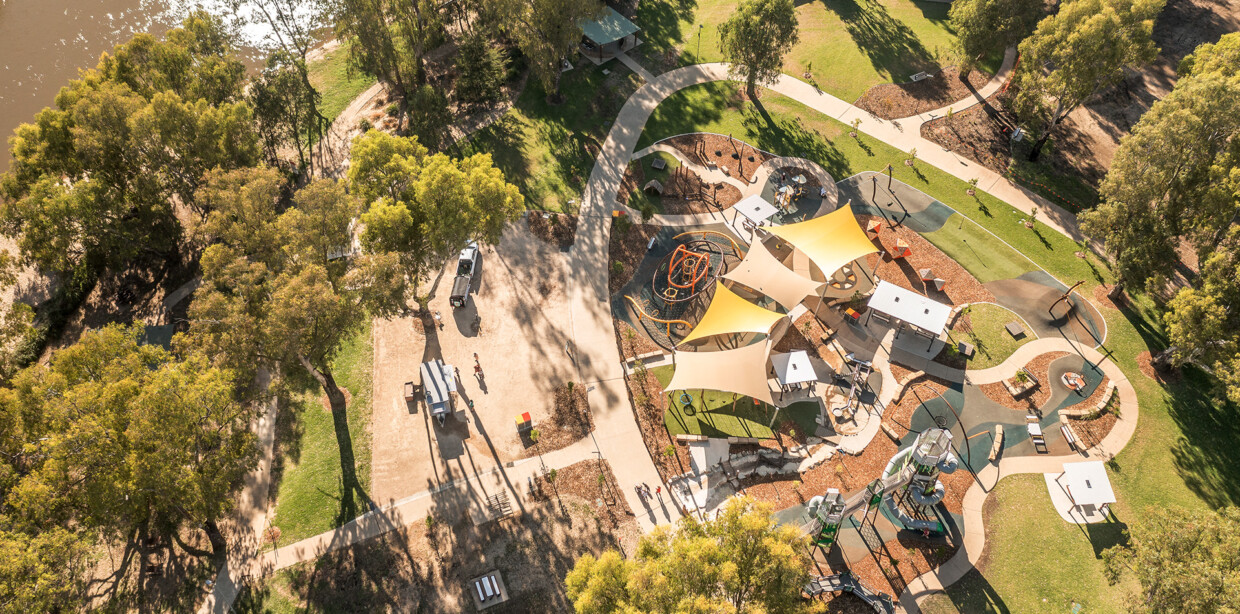
2. Design Principles
Inclusivity and Diversity
Inclusive Design
Aim for a playground design that is inclusive and welcoming to children of all abilities. Features like ramp access, tactile elements, and varied play options are important.
Engagement and Challenge
Balancing Fun and Challenge
Create an engaging environment that offers varying levels of challenge to cater to different skills and encourage development.
Safety First
Compliance with Standards
Adhere to safety standards and guidelines, such as the Australian Standards for Playground Safety. Safety is the paramount concern in playground design.
Safe Materials and Equipment
Choose materials and equipment that are durable, non-toxic, and designed with safety in mind.
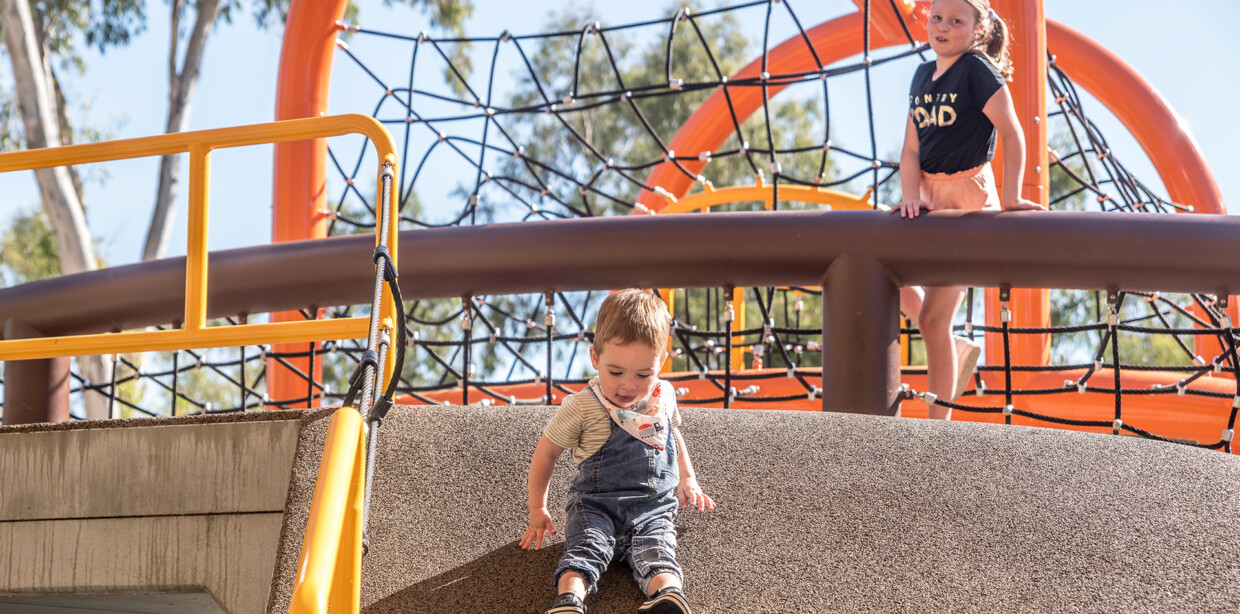
3. Common Challenges
Budget Constraints
Cost-Effective Solutions
Work within budget constraints without compromising safety and quality. Prioritise essential elements and consider phased development if necessary.
Maintenance and Durability
Long-Term Maintenance
Plan for the long-term maintenance of the playground. Durable materials and designs that are easy to maintain will reduce future costs.
Community Involvement
Gathering Input
Engage with the community, especially potential users, to gather input and feedback. This can ensure the playground meets the actual needs and expectations of its users.
Environmental Considerations
Sustainability
Consider the environmental impact of the playground. Use sustainable materials and design methods where possible.
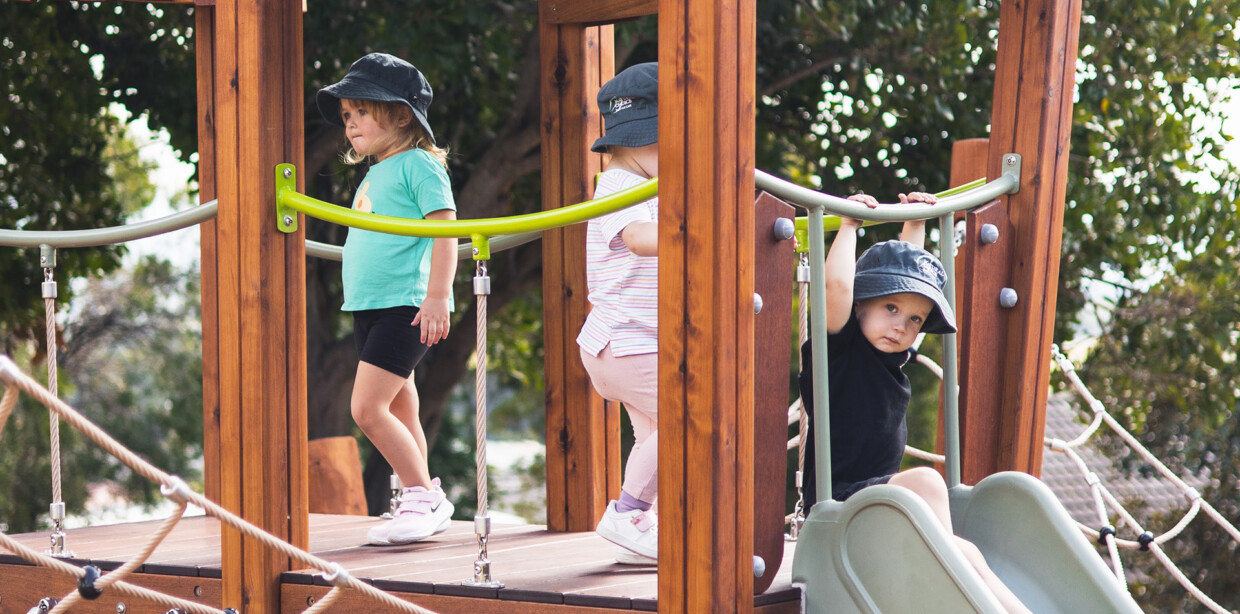
4. Finalising Your Design
Professional Collaboration
Work with Experts
Collaborate with playground designers, landscape architects, and safety experts to refine your design and ensure all aspects are covered.
Visualisation and Planning
Create detailed plans and visualisations of the playground to help stakeholders understand and visualise the final product.
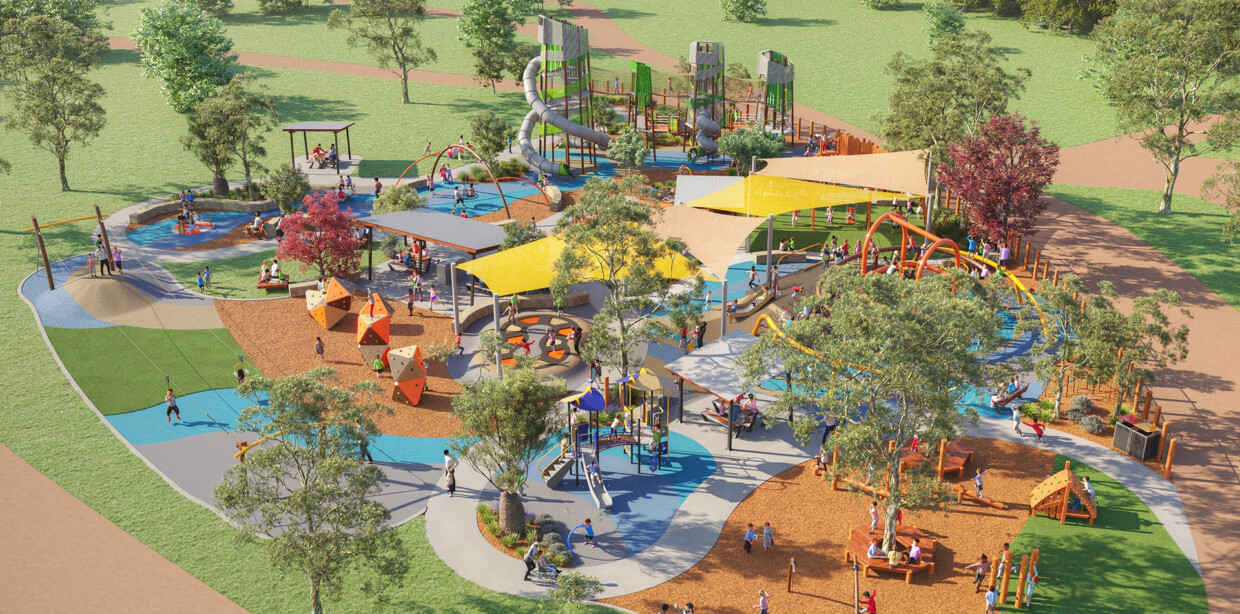
Conclusion: Balancing Creativity and Practicality in playground design
Designing a playground as a beginner involves balancing creativity with practicality. By focusing on safety, inclusivity, engagement, and sustainability, and by navigating common challenges with informed strategies, you can create a playground that is both delightful and safe for its young users.
In summary, playground design for beginners is about understanding the fundamentals, applying key design principles, and overcoming common challenges with thoughtful planning and community engagement. With these guidelines, you can embark on creating a playground that enriches the lives of children and the community.
Keep in touch
Get design inspiration, business tips and new product alerts straight to your inbox with our Moduplay Newsletter, the Playground Press once every two months.
